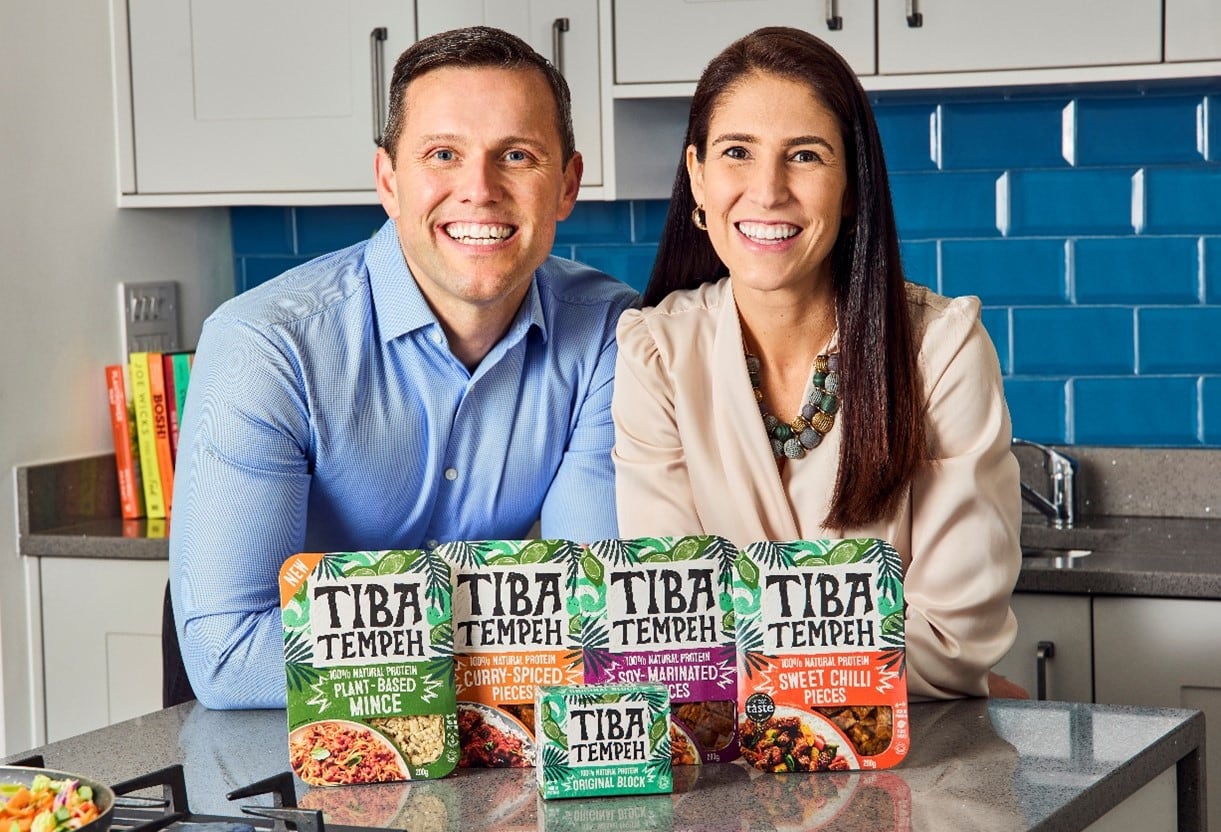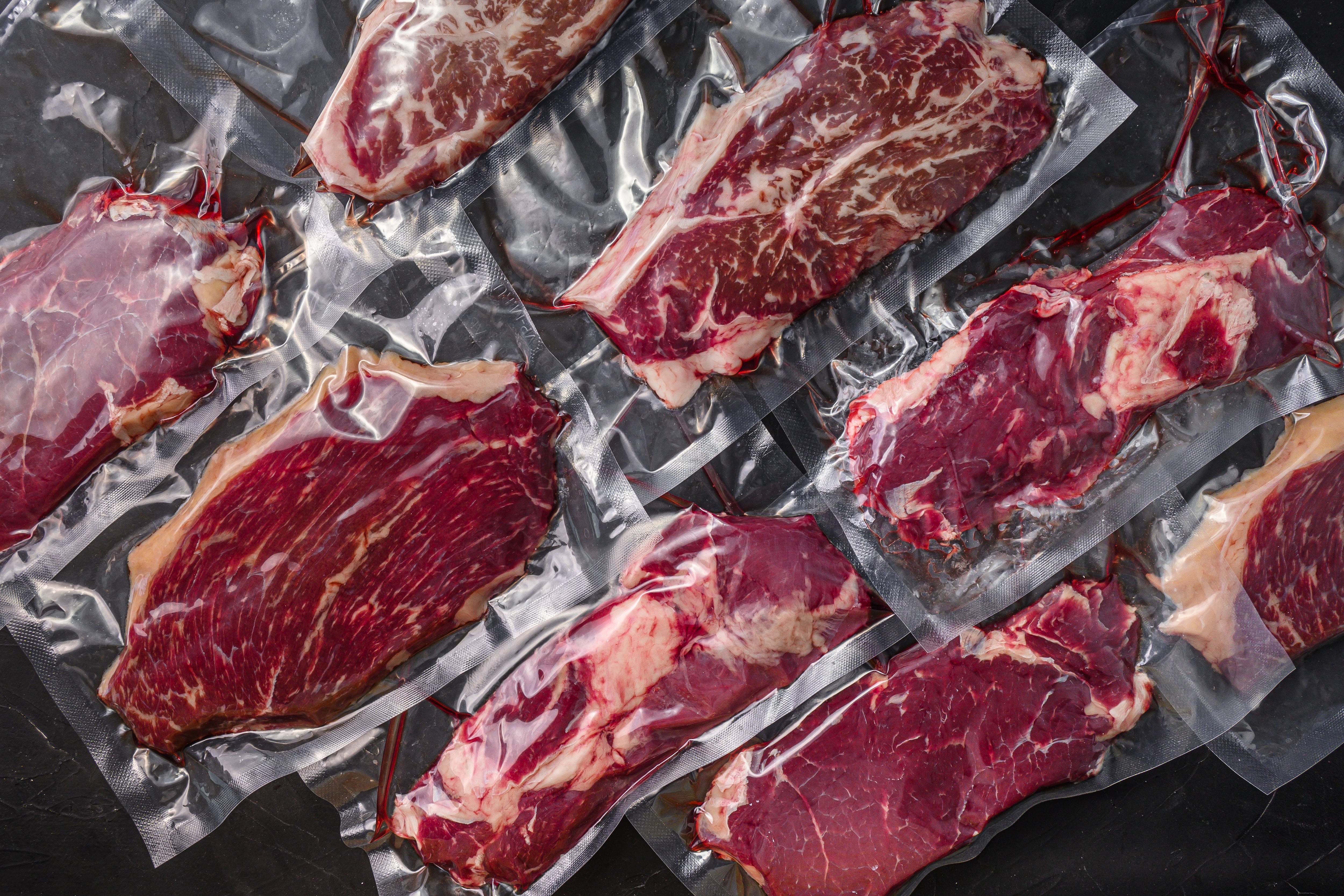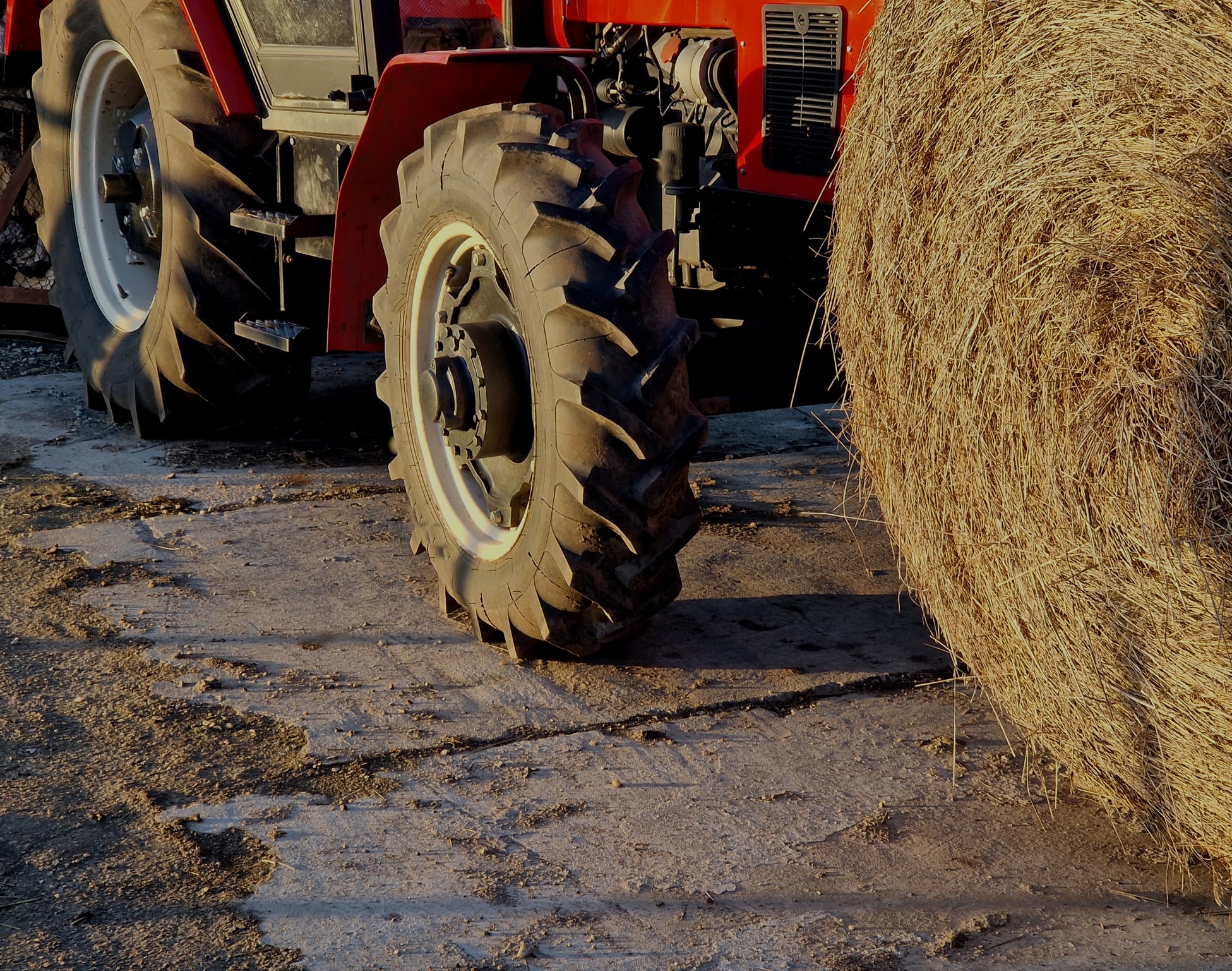Watch the Future of Meat on-demand, here.
This webinar is kindly sponsored by Munters and Tracegains.
The meat sector has been seeing value growth primarily as a result of inflation. But as Clodagh Sherrard, managing director for insights firm Levercliff pointed out during Food Manufacture’s Future of Meat webinar, what’s perhaps more of an important figure to look at is what’s happening from a volume perspective.
Within red meat overall the volumes are down, and that can mostly be attributed to reductions in bacon and the fallout of ultra processed foods as consumers become more health conscious.
Whilst there is some growth in individual categories such as beef, pork and lamb, with mince beef being a particularly popular choice in the UK due to its convenience, the sector is mostly being driven by poultry. Fish has also seen an uptick in popularity.
What consumers want
Data trends from Pilgrim’s Europe reflected a similar picture, with the producer’s head of research and insights Jason Winstanley noting that fresh raw chicken is outperforming other proteins.
There’s no doubt there that chicken is seeing the strongest growth over the short term.
Jason Winstanley, head of research & insight, Pilgrim's Europe
Insights gathered by Pilgrim’s Europe measured different proteins against six points, such as health and versatility. Chicken ticks a lot of the right boxes, aligning with what today’s consumers are after.
“It comes out as the top protein in five of the six measures and in the one where it came second – which was health – it was a very close second to fish," Winstanley said.
“Consumers are looking for balance,” Sherrard noted as she highlighted the trends between 2022 and 2024.
During 2022, Levercliff’s tracker survey (which has been running since Covid) found that 92% of consumers were eating at least some meat or fish. But equally, half of them were also including a meat-free day within their routine. Assessing updated data in 2024, the picture has remained fairly static, with those opting for a flexitarian diet continuing to do so and, in some cases, increasing the frequency of these events rather than shifting to a completely vegan or vegetarian diet.
Almost half of lunches are now meat-free and dinners are edging up that way too. On average, consumers are having 2.5 meat free dinners a week, Sherrard told viewers and 43% are claiming they eat more fruit and vegetables.
When it comes to plants, there has been growth in commodities such as pulses, tofu and tempeh in favour over alternatives like plant-based burgers.
Going forward these trends are likely to stick, with consumers telling Levercliff that they expect to eat less meat – particular red meat due to concerns over health and environment. However, the data also shows that this category will likely win in restaurants, with consumers valuing quality and taste – i.e. consumers will pay for a chef-cooked steak because it will be better than a home-cooked one.
But as the quality of meat improves, the price will inevitably also move upwards with it. There is also speculation over whether the UK Government will introduce taxes around meat which could drive up price tags too.
Supply issues in meat
Nick Allen, CEO of British Meat Processors Association also pointed to frustrations felt in government red tape and what he describes as a misdirection of taxpayers’ money, which are hindering supply issues and hiding the true cost of emissions.
He noted that whilst there have been volume dips in certain areas of red meat, people are still consuming it at a rapid rate, and UK farmers are struggling to keep up, especially on the worldwide stage with South America, Australia and the Americas all with surpluses.
“We’re not self-sufficient,” Allen warned. “We’re not producing all the meat we need.”
He added that whilst the UK can reduce its own environmental footprint and reach net zero, other parts of the world will continue to supply the UK with meat. In essence, we’re offshoring our emissions.
Plant-based and cultured meat
Carlotte Lucas, head of industry at the Good Food Institute (GFI) focused her presentation on alternatives and agreed that we have seen a big dip.
At the end of 2023, around £1 billion was spent on plant-based meat and dairy in UK retail.
“2022 was really the height of the sector,” Lucas added.
Similar to meat, she said the trends do indicate there has been growth in some smaller categories with plant-based.
She also agreed that whilst the proportion of vegan and vegetarians remain small, that data shows there is a real interest in reducing meat, with 71% of UK consumers looking at cutting back.
So even though we’ve seen volume sales dip over the past two years, there’s still a massive opportunity there.
Carlotte Lucas, head of industry, the Good Food Institute
The consolidation of plant-based can be mostly attributed to taste, with Lucas explaining that the sector had lacked variety and innovation. However, for the few companies that did deliver on these avenues, she notes it makes a real difference.
Lucas also discussed the appetite for cultured meat, sharing that across Europe GFI has seen between 30-60% acceptance depending on the country. But noted that “nomenclature and messaging is absolutely essential in how you bring this across”.
Where to focus efforts
Going forwards, Sherrard said the trends suggested that those operating in the traditional meat category should leverage the demand for protein – something which is especially resonating with younger consumers.
Whilst there is a role for meat substitutes, concerns around naturalness and taste must be addressed within plant-based and those in this category should look at the small pool of successful brands for inspiration.
For lab grown meat, it’s about scaling up and price parity. Pet food is a particularly good news story for this industry, with Meatly and The Pack having just got their cultured meat pet food treats into Pets at Home.
Pet food has seen more rapid entry into market because the regulation is simpler, but regulation for human consumption is progressing too with the recent launch of the Food Standards Agency’s (FSA) dedicated sandbox programme.
There’s a lot of groundwork taking place right now with the support of the UK FSA to help bring cultivated meat for human consumption to market as well.
Carlotte Lucas, head of industry, the Good Food Institute
It’s worth noting, however, that the lab grown products we are seeing are a blend, so they are combined with plant-based ingredients, for example.
“The products on the market so far in Singapore are indeed just 3% cultivated fats.”
So whilst cultured meat might not be a too-distant reality for human plates in the UK, an entirely lab grown steak remains a pipedream for now.
Watch the full webinar for free here to gain more exclusive insights.





